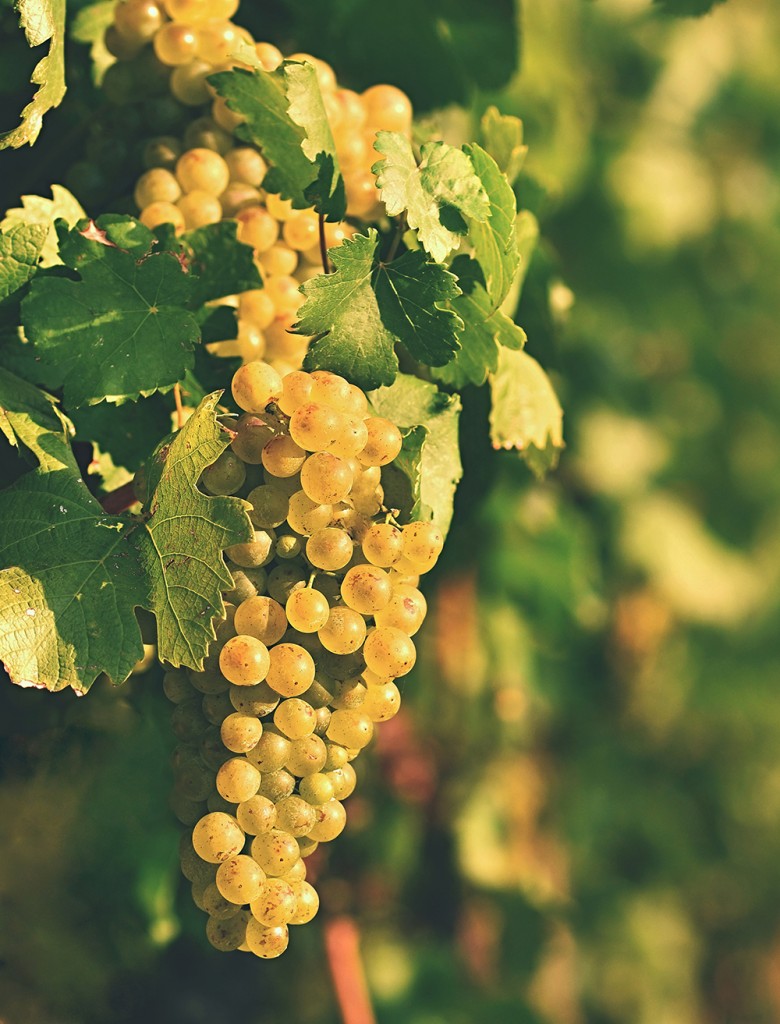The Vine’s Biological Cycle

The vine’s biological cycle of the vine comprises budding, flowering, fruit set, veraison, and ripening.
Budding, the opening of the buds, occurs in March. There are three types of buds: ready or summer buds that give rise only to non-productive branches (called laterals); the dormant or hibernating buds that will open the following year in spring to produce flower and fruit buds; the latent buds that remain inactive for many years and open only when necessary, i.e. after a frost, giving rise to unproductive branches called “polloni” (fat chickens). Flowering, i.e. the formation of flowers, occurs between late April and early June depending on the latitude. The flowers are hermaphrodite, and the pollination is anemophilous, that is, conducted by wind transport of the pollens.


Fruit set is the transformation of flowers into fruits (grapes) and usually takes place in July. Only a small proportion of flowers (about 15-20%) is transformed into fruit. The others fall (thinning) or lengthen, changing into tendrils (vining). Both phenomena are a form of self-regulation of the plant to avoid dispersal of its own nutrient supply. In some special cases, such as nutrient deficiencies or harsh weather, there is a third phenomenon called millerandage which means the interruption in the growth of already formed berries.
In veraison, the fruit formed grows larger and changes red or yellow depending on the type of grape. During this time the grape contains little sugar and is rich in acids. The period from the veraison to the harvest is ripening, which lasts about 40-50 days. During this period the berry increases in size, continues changing colour, and above all becomes rich with sugars. It also forms a waxy white substance on the skins called bloom, which protects the berries from harsh weather and retains the micro-organisms carried by the wind called yeasts, which are responsible for fermentation.
The first grape harvest occurs only three years after planting and is rather limited. The production begins to be more substantial only after five years. The quality of the wine improves with age of the vine, but when the plant reaches 30 to 50 years, production begins to decline until it ceases to be worthwhile with the passing of the years.

